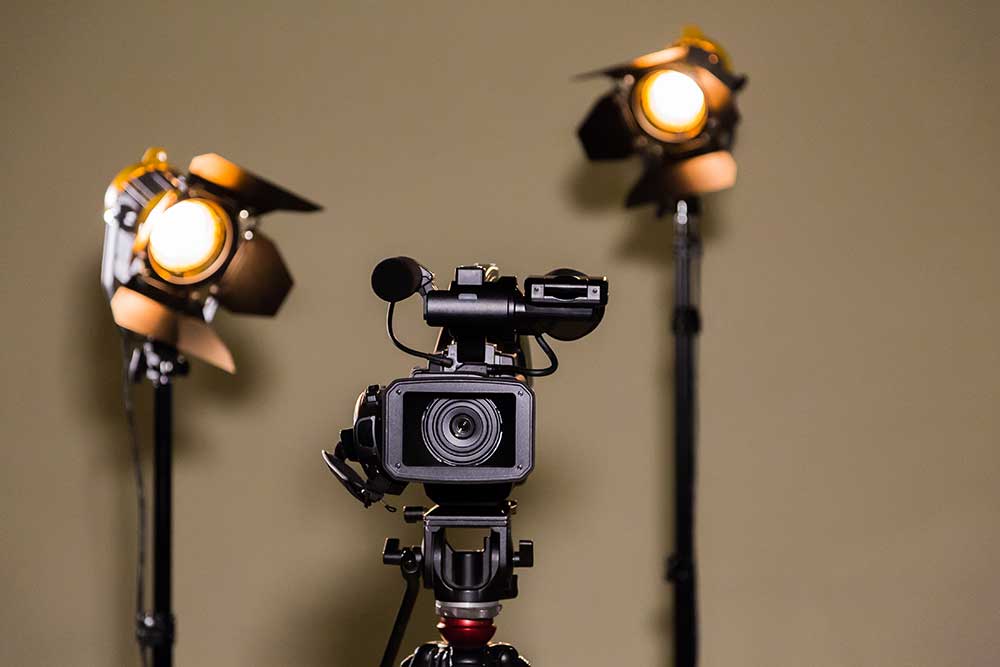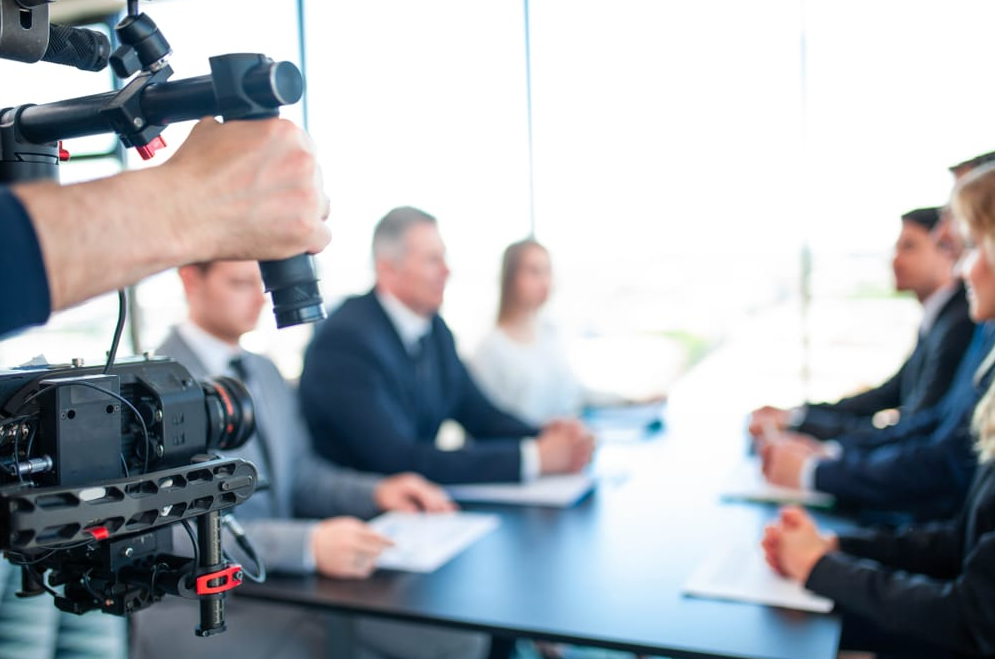Comprehending the Effect of Legal Videography on Case Outcomes
Exploring the Mechanisms of Legal Videography: Introduction Its Procedure in Safeguarding Genuine Aesthetic Testimony for Judicial Proceedings
In the realm of judicial procedures, the duty of lawful videography stands as a foundation in maintaining and presenting aesthetic proof. As technology continues to advancement, the devices behind legal videography have come to be significantly complex, supplying an essential layer of credibility to testaments captured on video.
Historic Evolution of Lawful Videography
Examining the historical development of legal videography reveals a significant improvement in the recording and discussion of aesthetic evidence within the legal landscape. In the past, lawful proceedings greatly depended on composed records and pictures to document events and provide proof. With the introduction of video clip innovation, the lawful industry observed a paradigm shift in just how visual statement was recorded and provided.
The development of lawful videography can be traced back to the late 20th century when improvements in video recording tools made it a lot more accessible for usage in courts. This technological innovation not only boosted the accuracy and reliability of aesthetic proof however also changed the way cases existed to courts and courts (Legal Videography). Lawyers started to identify the convincing power of video clip recordings in sharing feelings, nuances, and non-verbal cues that composed transcripts or pictures alone could not catch properly

Innovation Innovations in Video Documentation
What crucial technical developments have reinvented video clip documents in the lawful field? The lawful area has seen significant advancements in video clip documents innovation that have improved the authenticity and dependability of visual proof in judicial process. Among the essential improvements is high-definition (HD) video recording capacities, which supply crystal-clear photos and sharp information that are important for accurately capturing testaments, face expressions, and other aesthetic signs. In addition, the assimilation of timestamping and metadata features in video documents tools has made it possible for exact documentation of when and where the video clip was recorded, making certain the honesty of the proof presented in court.
Additionally, advancements in video clip file encryption and watermarking innovations have actually strengthened the security and tamper-proof nature of video evidence, guarding it versus unauthorized modifications or meddling. The development of cloud storage space solutions and remote access capacities has structured the storage space, retrieval, and sharing of video proof, facilitating smooth cooperation amongst legal professionals and ensuring effective access to vital visual statements when needed. These technological improvements in video documentation have actually unquestionably reinvented the lawful field, enhancing the accuracy, trustworthiness, and admissibility of visual proof in judicial proceedings.
Function of Legal Videographers in Courtroom Settings
The evolution of video clip documentation technology in the lawful area has demanded a crucial function for legal videographers in courtroom setups, making sure the honesty and reliability of aesthetic testimonies presented throughout Full Article judicial procedures. Lawful videographers play a basic duty in recording and protecting precise visual evidence that can be essential in court cases. Their responsibility extends to establishing equipment, recording proceedings, and generating high-grade videos that precisely show the occasions in the court room.
Additionally, lawful videographers typically function very closely with lawful teams to make sure that the video evidence aligns with the situation's needs and can be efficiently presented in court to support the lawful debates being made. On the whole, the function of legal videographers in court room settings is indispensable in promoting the concepts of justice and making sure the transparency of legal proceedings. Legal Videography.

Ensuring Admissibility and Integrity of Video Evidence
To preserve the reputation of visual evidence offered in lawful proceedings, guaranteeing the admissibility and stability of video clip proof is a crucial duty for legal videographers. Admissibility refers to the approval of evidence by the court, and for video proof to be admissible, it has to satisfy certain criteria. Lawful videographers play a critical function in guaranteeing that the video why not check here clips they catch follow the policies of proof, such as relevance, authenticity, and reliability.
Stability of video proof involves maintaining the originality and accuracy of the video from the time it is tape-recorded up until it is provided in court. This includes safely keeping the video clip documents, documenting the chain of wardship, and stopping any type of tampering or changes. Legal anonymous videographers must adhere to stringent methods to assure the honesty of the video clip evidence and avoid any difficulties to its authenticity.
Future Trends in Legal Videography
Provided the increasing reliance on technology in lawful proceedings, legal videographers are poised to embrace innovative advancements forming the future of aesthetic testament capture and presentation. One of the famous trends imminent is the integration of virtual fact (VR) and augmented truth (AR) modern technologies right into legal videography. These modern technologies have the possible to transform how visual proof exists in courts, allowing courts and juries to submerse themselves in the scene of the criminal activity or case.
Furthermore, making use of fabricated intelligence (AI) algorithms for video evaluation is expected to simplify the procedure of examining and analyzing big quantities of video footage. AI can help in determining essential moments, abnormalities, and patterns within video clips, boosting the performance of lawful investigations.
Conclusion
In verdict, lawful videography has played an important duty in supplying genuine visual evidence for judicial process. Through technological developments and the knowledge of legal videographers, the stability and admissibility of video clip evidence are made certain in court room setups. As lawful videography proceeds to develop, it will certainly be important to promote criteria that keep the precision and reliability of visual testament for the future of lawful proceedings.
Examining the historic progression of legal videography discloses a substantial improvement in the capturing and discussion of visual evidence within the lawful landscape.The advancement of video paperwork innovation in the lawful area has necessitated a vital role for legal videographers in court settings, ensuring the integrity and dependability of visual testimonies presented throughout judicial procedures. Additionally, lawful videographers usually function carefully with lawful teams to make sure that the video clip evidence straightens with the case's needs and can be properly offered in court to support the legal arguments being made.To preserve the reputation of aesthetic evidence provided in legal process, making sure the admissibility and stability of video clip proof is an essential obligation for lawful videographers. As lawful videography continues to advance, it will be vital to copyright requirements that keep the precision and dependability of aesthetic statement for the future of legal procedures.